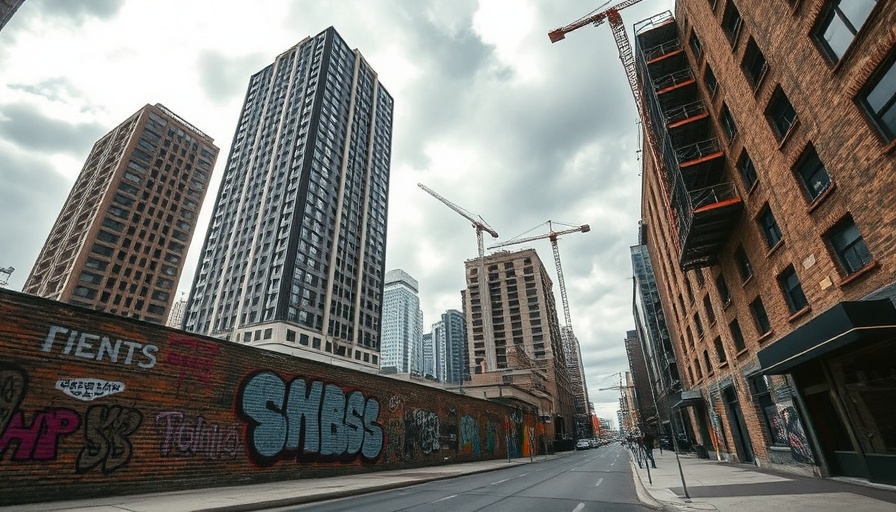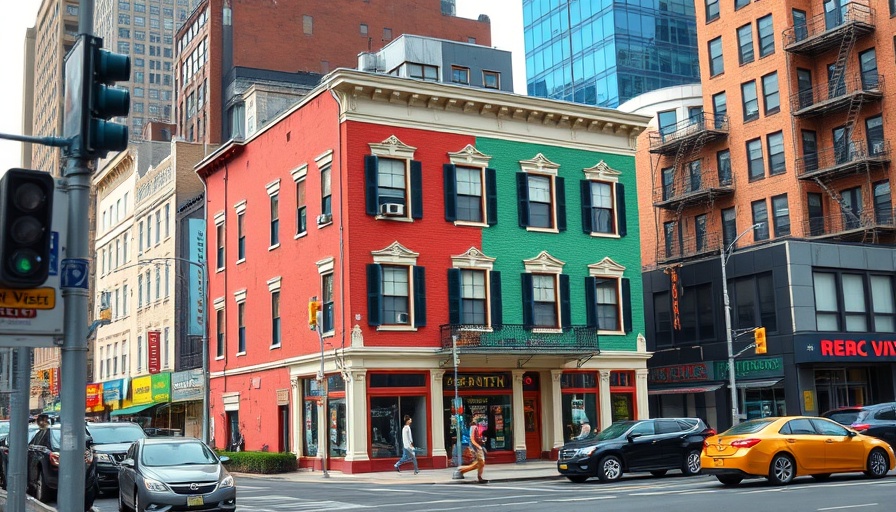
The Unseen Impact of Lost Buildings on Urban Identity
After decades of urban development, the cultural significance of New York City’s historic buildings often gets overshadowed. As these iconic structures fade away, primarily driven by modernization, individuals and communities experience more than just a loss of brick and mortar; they endure a profound emotional and social impact. The erasure of buildings can signify the erasure of shared narratives and community identity, presenting a dilemma for cities striving for balance between progress and preservation.
Preserving History in Urban Regeneration
Many cities today grapple with the paradox of development versus heritage. An enlightening paper from the Norwegian Institute for Cultural Heritage Research (NIKU) emphasizes the need for comprehensive strategies that align urban development goals while safeguarding cultural heritage. Failing to do so could lead to economic stagnation and a diminished sense of identity. In dense urban landscapes, this balance becomes even more crucial as communities rely increasingly on cultural touchstones for cohesion in a rapidly changing environment.
Learning from the Past: A Call to Action for Urban Stakeholders
As urban planners, lawyers, and stakeholders in the field navigate the evolving landscape of city life, they must prioritize strategies that integrate cultural heritage into urban policy. This includes developing frameworks that withstand destructive pressures from extensive urbanization. By recognizing the intrinsic value of historic buildings—not only as structures but as vital components of community identity—policymakers can work towards policies that respect the past while envisioning a sustainable future.
Looking Ahead: Trends for Future Urban Development
What will become of urban areas if the trend continues unchecked? As cities further expand, we may witness a shift in community values towards preservation. Experts suggest that innovative development models may emerge that harmonize the needs of growth with those of cultural legacy. Considerations around adaptive reuse and community-led heritage projects may prove essential to sustaining not just the physicality of a city but its character and essence.
In a global context marked by pervasive urbanization, the conversation around balancing development and cultural heritage is more critical than ever. Local stakeholders need to commit to preserving their community's history while embracing future growth. The time for dialogue and action is now to ensure cityscapes retain their unique identities amidst change.
Act Now: Engage with your local community to advocate for policies that strike a balance between cultural preservation and urban development. Together, we can preserve the stories embedded in our cities.
 Add Row
Add Row  Add Element
Add Element 



 Add Row
Add Row  Add
Add 
Write A Comment